[Our Museums] Legacy of early Catholics at Korean Catholic Martyrs' Museum
By Kim Hae-yeonPublished : Nov. 5, 2023 - 10:40
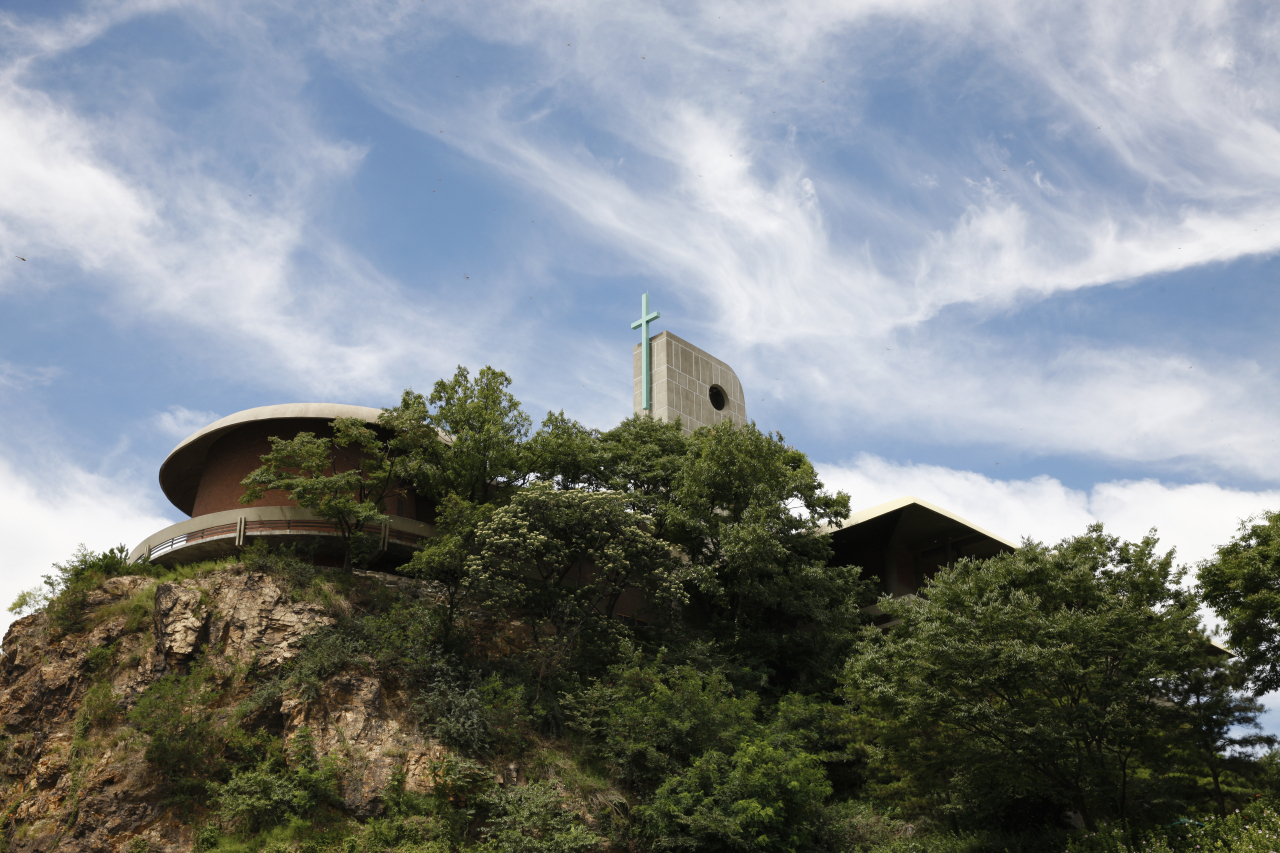
Sitting tall on a cliffside on the Han River, the Korean Catholic Martyrs' Museum is located in a spot of historical tragedy and religious significance.
A five-minute stroll from Hapjeong Station, visitors pass through a memorial park at the Jeoldusan Martyrs' Shrine before reaching the museum entrance.
In the late Joseon period, many Koreans faced execution for believing in Catholicism, which was introduced to the country in the 1780s through books sent by European missionaries in China.
The 230-year history of the Korean Catholic Church is marked by lengthy periods of persecution. A testament to this past is inscribed at the Jeoldusan Martyrs' Shrine, bearing the memories of the brutal Byeongin Persecution that began in 1866.
The name "Jeoldusan" translates to "beheading mountain," a chilling reminder of the tragedy when thousands of Korean Catholics were executed here.
Regent Heungseon Daewongun, enthroned in 1864, first sought Catholic assistance in preventing Russia's southward advance as imperialist powers sought to expand their influence in Asia. However, court ministers' objections to the involvement of heretical groups and their aid from France led to a shift in policy, resulting in the 1866 Catholic persecution campaign. By then, the number of Korean Catholics had increased to 23,000 from 15,000 in 1851.
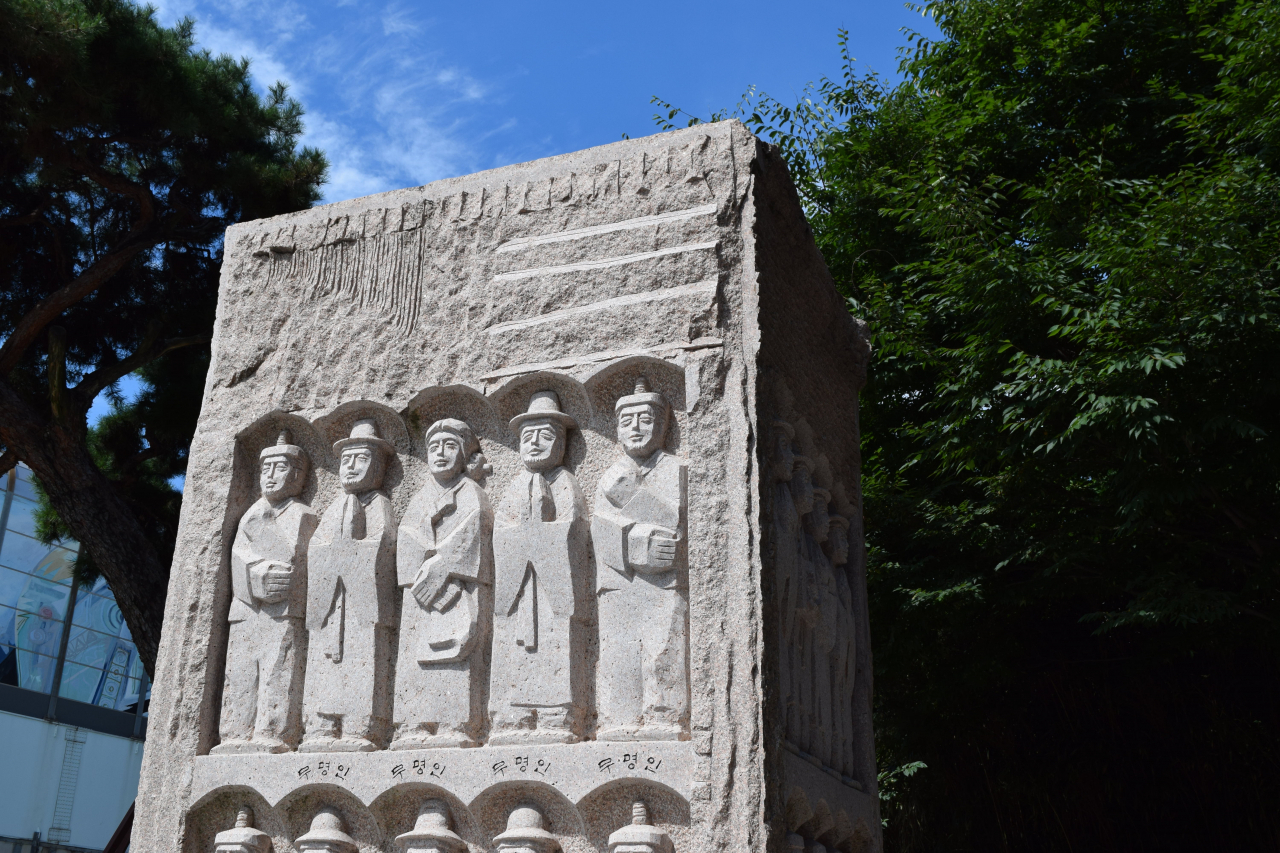
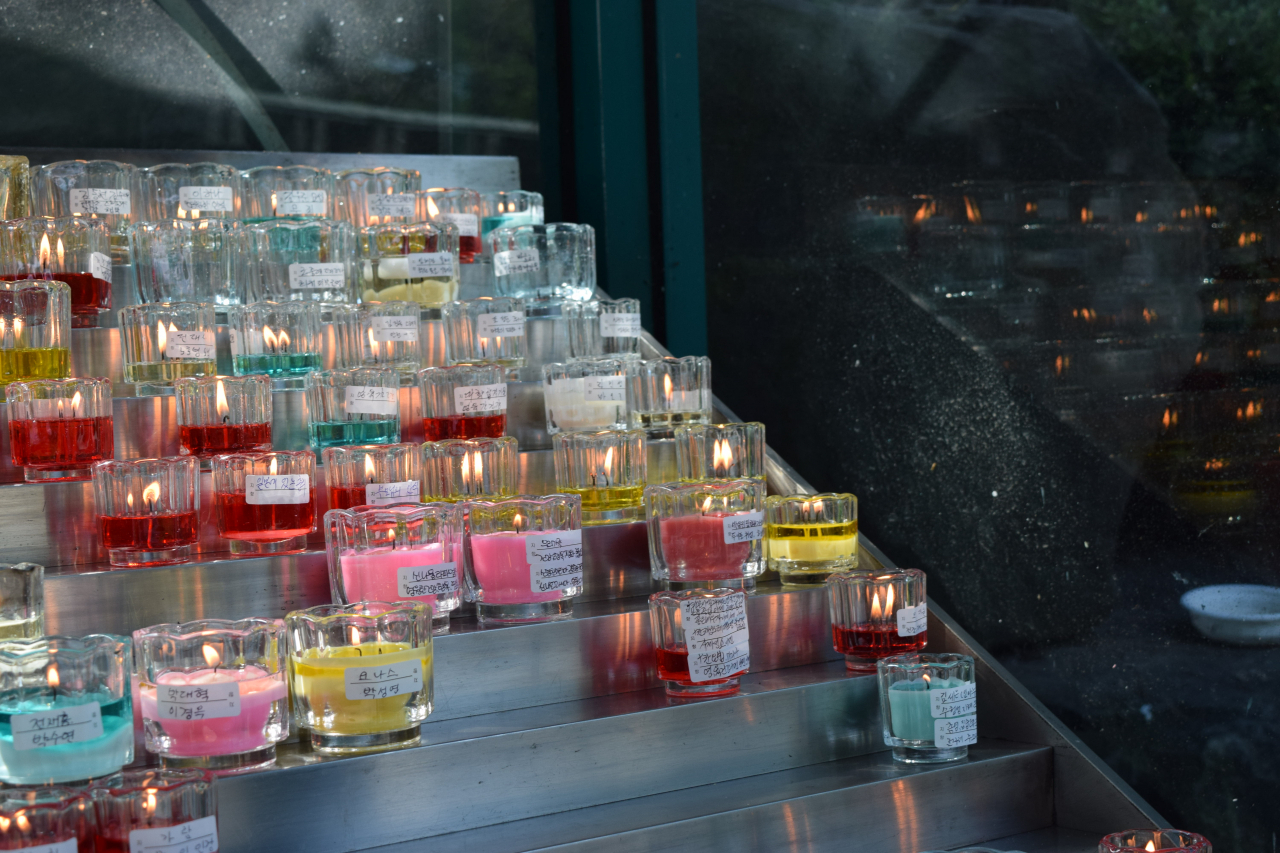
Historical records show that, following a royal decree, 177 Catholics were executed at the Jeoldusan site, although only 29 deaths were officially documented. Twenty-four of these martyrs have been identified by their Christian name, age, occupation, and date of death, while five remain unknown.
Korean Catholic Martyrs' Museum was established under the name Jeoldusan Martyrs' Memorial in 1967, to commemorate the centenary of the Byeongin Persecution. Its collection comprises some 5,000 artifacts and materials related to the Catholic Bishops' Conference of Korea, primarily gathered through donations. The donated artifacts include those that belonged to the martyrs.
The first floor permanent exhibition hall showcases sacred objects of the persecuted Catholics, maps, archival records and biographies, offering visitors an understanding of the struggles and triumphs of Korean Catholics over the century. Among the exhibits are Italian priest Matteo Ricci's introductory materials on Catholicism sent to Joseon, and Peter Park Soon-jip's testimony concerning the Byeongin Persecution, aiding in the identification of martyrs. Visitors can also peruse journals of priest Thomas Choe Yang-eop, the second Korean Catholic priest after St. Andrew Kim Tae-gon.
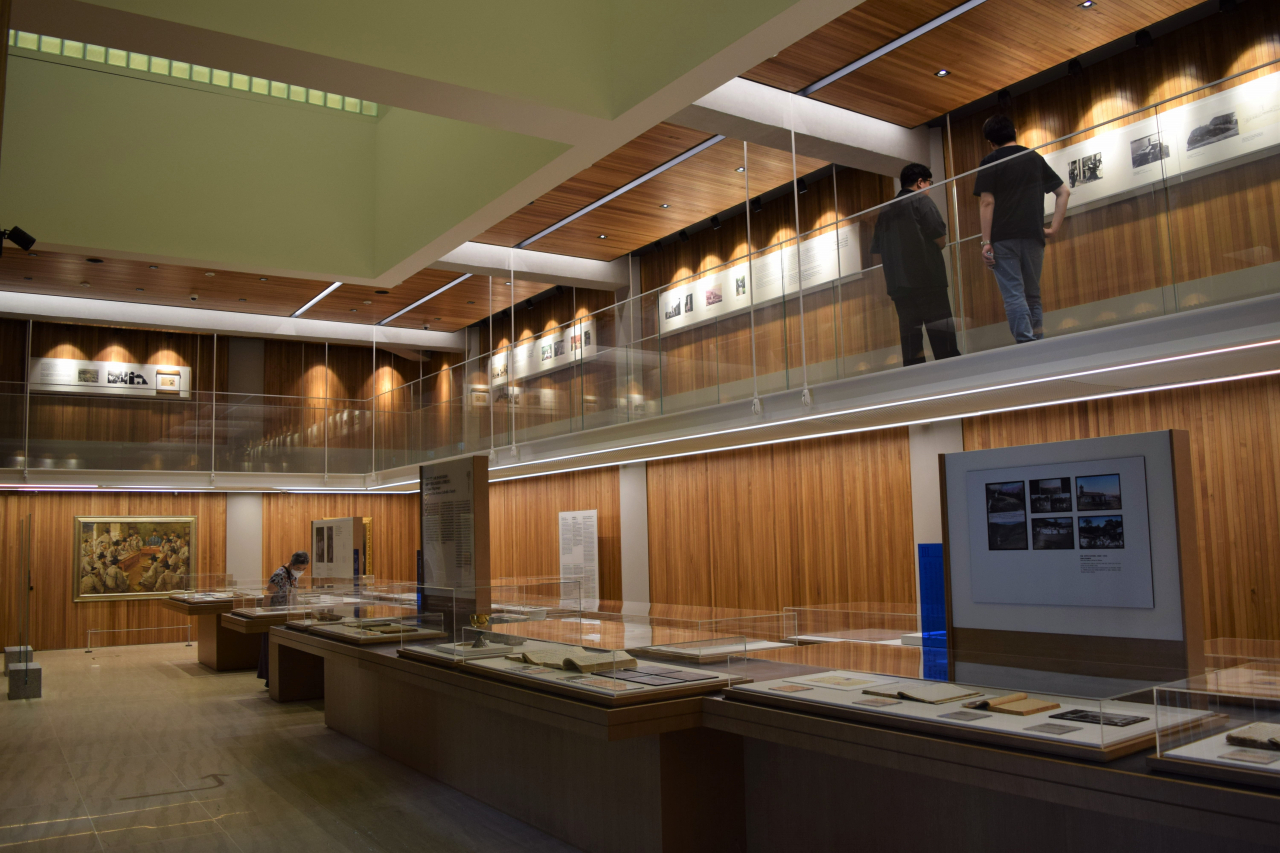
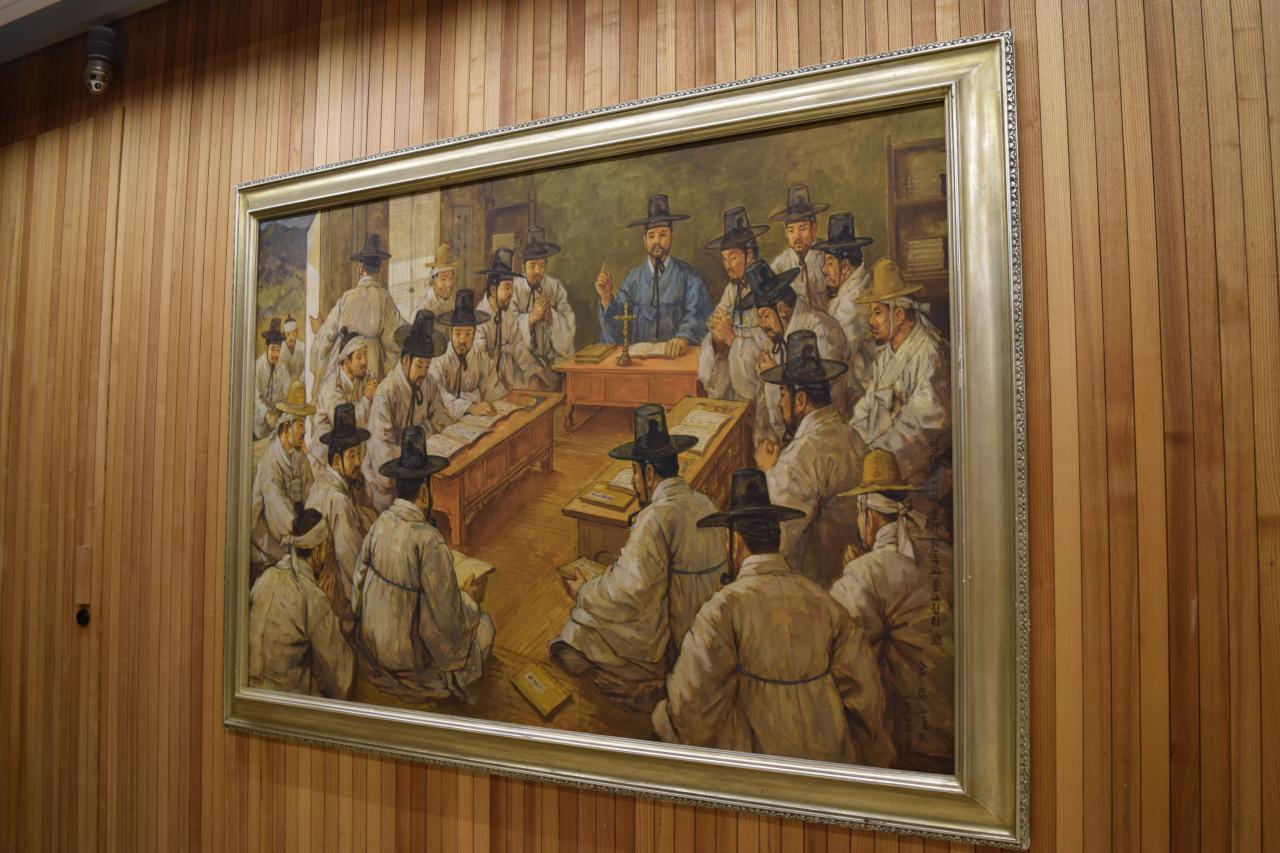
The second floor is dedicated to the history of the Korean Catholic Martyrs' Museum and the chapel, detailing their formation through donations and architectural research.
It showcases images of Jeoldusan, or Jamdubong Peak, before the museum's construction, along with records and sketches from the design competition for the museum. The museum was designed by architect Lee Hee-tae, a professor at Seoul National University.
A special exhibition on the basement level features artist Choi Jong-tae's solo exhibition, "The Invitation After 50 Years." Born in 1932, Choi was baptized in 1958 and dedicated his life to Catholic art. One of his artworks is "Commemoration Sculpture for Martyrs" at the Jeoldusan Martyrs' Shrine.
The special exhibition runs until Dec. 31, and offers a contemporary perspective on the enduring faith of Korean Catholic martyrs.
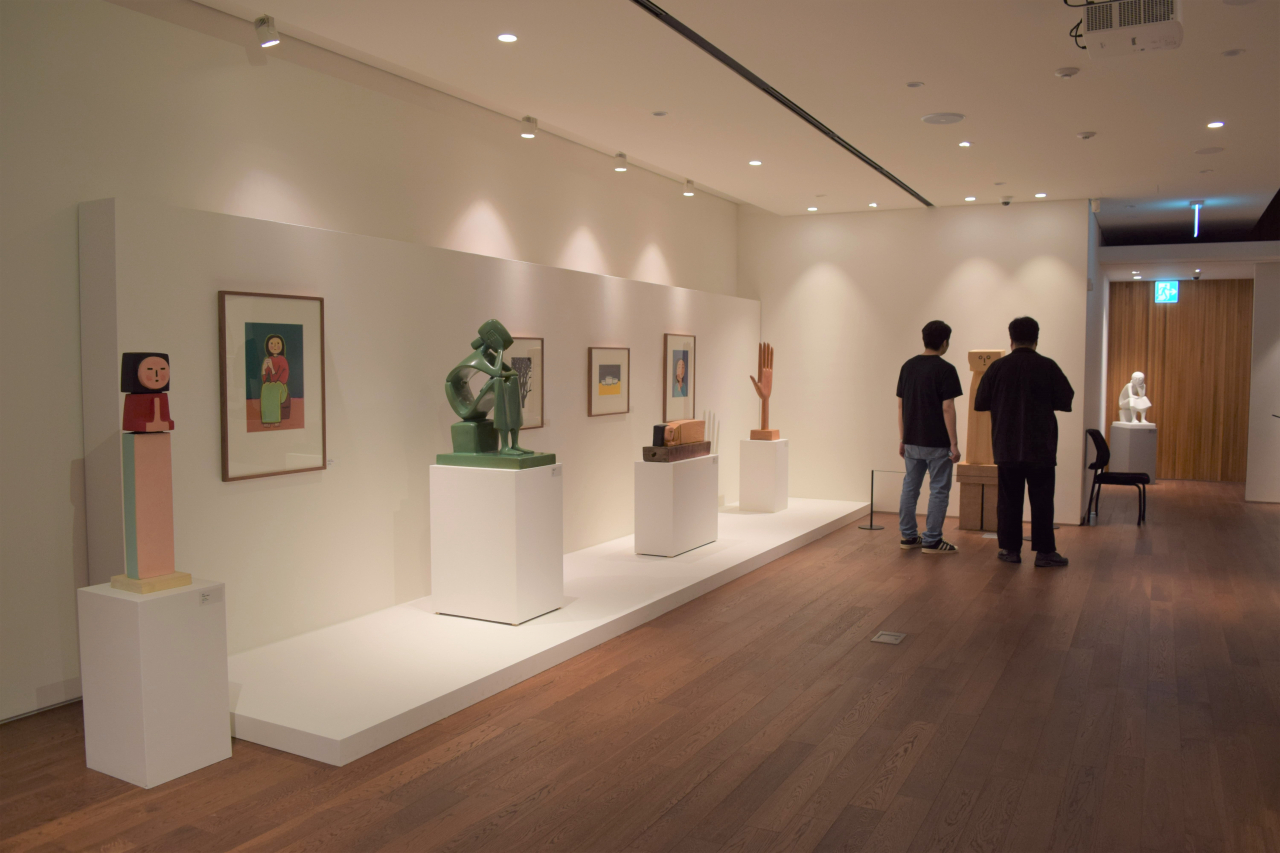
Since 2018, the Catholic Pilgrimage in Seoul, including the Jeoldusan Martyrs' Shrine, has been recognized as an international pilgrimage route by the Vatican, welcoming more Catholics to follow in the footsteps of the martyrs. Every September, the holy month of beatification, honors the martyrs with masses and various events.
While donations are accepted, admission to the museum is free.
The museum is open from 9:30 a.m. to 5 p.m. Visitors can make group tour reservations through the official website.
This is the seventh article in a series that introduces a variety of unique museums that focus on a diverse range of themes, from art and science to history and technology. — Ed.




















